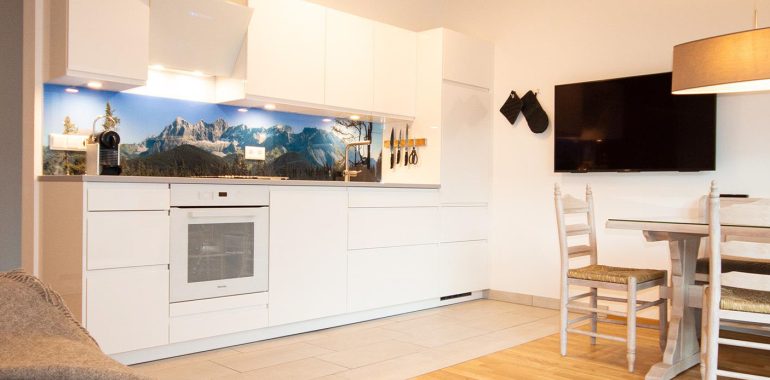Shining Bright: The Rise of Modern Lighting in Egypt

Shining Bright: The Rise of Modern Lighting in Egypt
Egypt is a country with a rich cultural history spanning thousands of years. However, in recent times, the country has been undergoing rapid modernization, particularly in the field of lighting. With new technologies and designs emerging, modern lighting has become an integral part of Egypt’s urban landscape. This article will explore the rise of modern lighting in Egypt, its impact on the country’s architecture and culture, and its potential for further growth.
The Emergence of Modern Lighting in Egypt
The first attempts at modernizing lighting in Egypt began in the early 20th century, with the introduction of electric lamps and bulbs. However, it was not until the 1950s and 60s that modern lighting truly took off in the country. Advances in technology allowed for a greater range of lighting options, from fluorescent tubes to neon lights, and these were incorporated into public buildings, streets, and homes.
In the years that followed, designers and technicians continued to experiment with new materials and designs for lighting installations. The 1980s and 90s saw a proliferation of decorative lighting in public places, such as parks and gardens, as well as in more affluent residential areas. At the same time, lighting began to be used as a means of highlighting and enhancing the country’s cultural heritage, with monuments and historic buildings being illuminated to stunning effect.
The Impact of Modern Lighting on Architecture
The rise of modern lighting has had a significant impact on Egypt’s architecture, both in terms of aesthetics and function. Buildings and structures are now designed with lighting in mind, taking into account factors such as energy efficiency, light pollution, and the desired visual effect.
One example of this is the recently opened Grand Egyptian Museum in Cairo, which features a state-of-the-art lighting system that illuminates the exhibits in a way that enhances their impact and creates a dynamic atmosphere. Another example is the new administrative capital being built outside of Cairo, which features cutting-edge lighting technologies that are integrated into the city landscape.
Modern lighting has also had an impact on urban planning, as it can be used to create safer and more inviting public spaces. Lighted pathways, streetlights, and public squares all contribute to a city’s overall sense of safety and livability.
Culture and Identity
For Egyptians, lighting has always had a cultural significance. Traditional lamps, such as the kerosene lamp or the often-elaborate lanterns used during Ramadan, are deeply ingrained in the country’s cultural identity. With the rise of modern lighting, however, these traditional forms of lighting have become less prevalent.
At the same time, there is a growing recognition of the importance of preserving Egypt’s cultural heritage through lighting. Iconic landmarks such as the Pyramids of Giza, the Sphinx, and the temples of Karnak are now illuminated in ways that showcase their beauty and majesty, while also highlighting their historical significance.
The Future of Modern Lighting in Egypt
With the pace of modernization showing no signs of slowing down, the future of modern lighting in Egypt looks bright. There is a growing demand for innovative lighting solutions that are energy-efficient, sustainable, and visually striking. In addition to highlighting Egypt’s cultural heritage, modern lighting is increasingly being used to promote Egypt’s tourism industry and to create memorable experiences for visitors.
As technology continues to advance, we can expect to see even more exciting and creative uses of modern lighting in Egypt’s urban landscape. Whether it is through large-scale public installations or subtle embellishments of everyday spaces, modern lighting will continue to shine a light on Egypt’s unique character and heritage.
Modern lighting has revolutionized Egypt’s urban landscape, offering new ways to showcase the country’s cultural heritage and identity. From lighting up historic landmarks to creating safer and more inviting public spaces, lighting has become an integral part of Egypt’s modernization journey. As the country continue to evolve in the coming years, modern lighting will undoubtedly play a key role in shaping Egypt’s future identity and cultural legacy.

